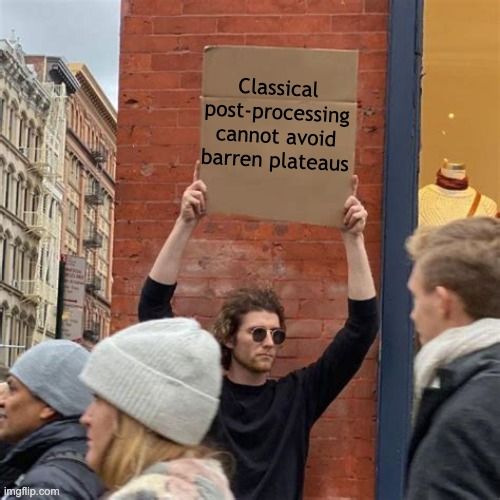Link: scirate.com/arxiv/2507.2...
We present a practical step-by-step guideline to determine whether a procedure that claims to circumvent exponential concentration actually works in practice.
See the following 🧵 for more details.

Link: scirate.com/arxiv/2507.2...
We present a practical step-by-step guideline to determine whether a procedure that claims to circumvent exponential concentration actually works in practice.
See the following 🧵 for more details.

